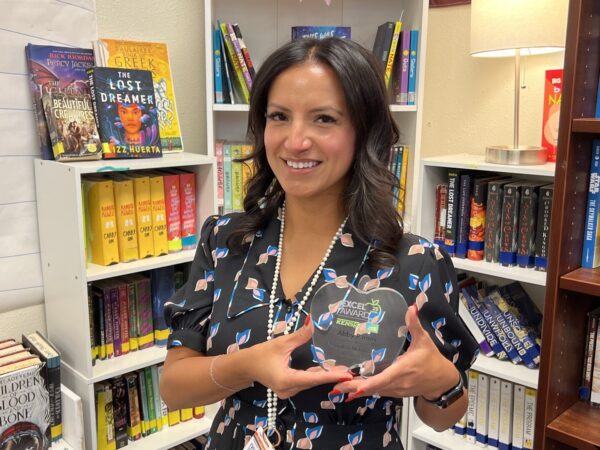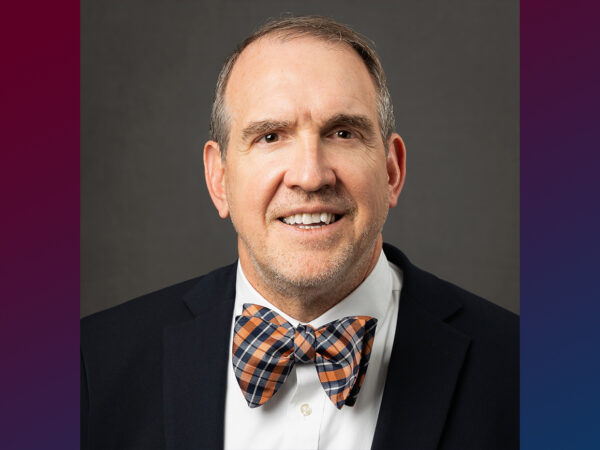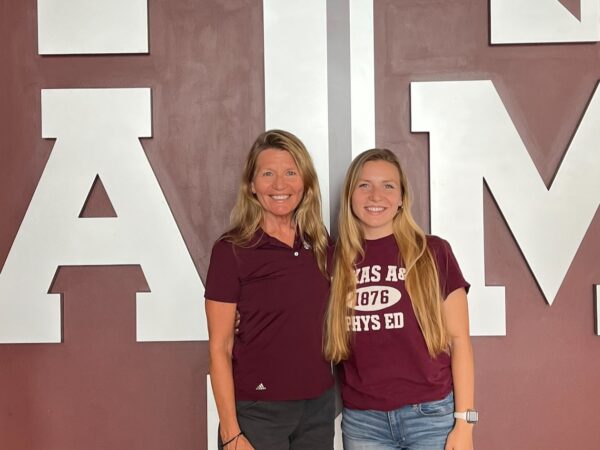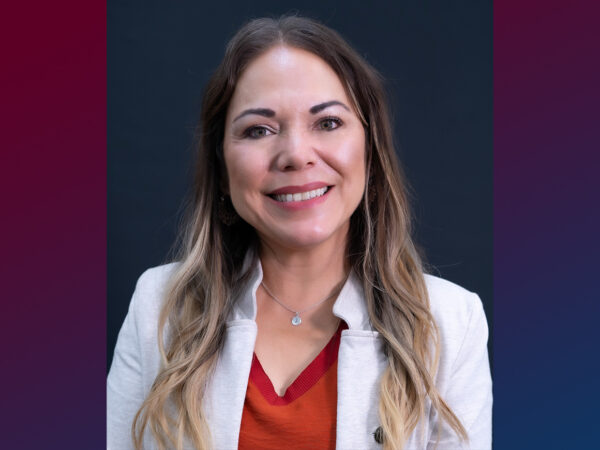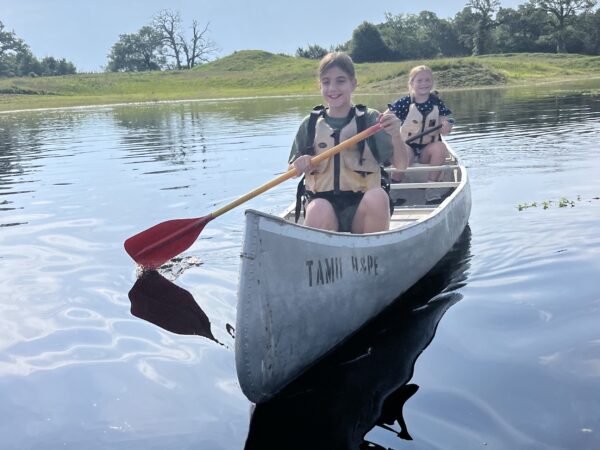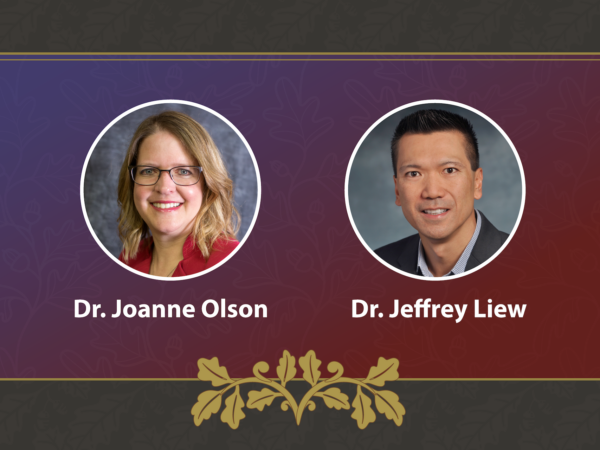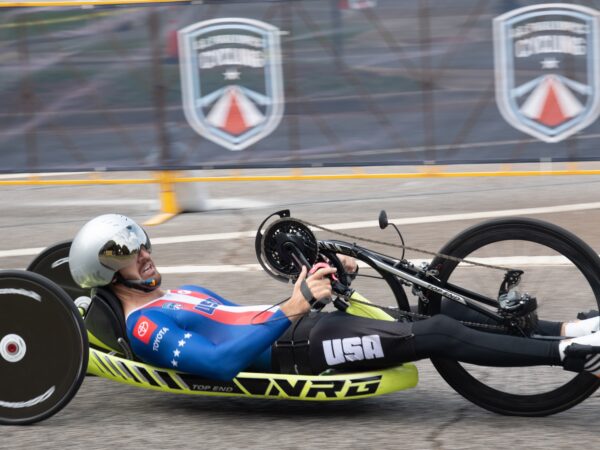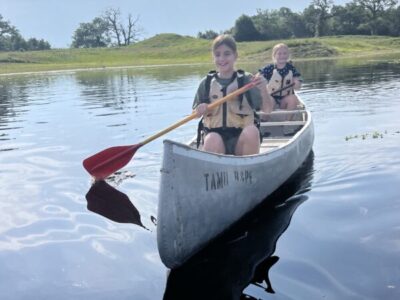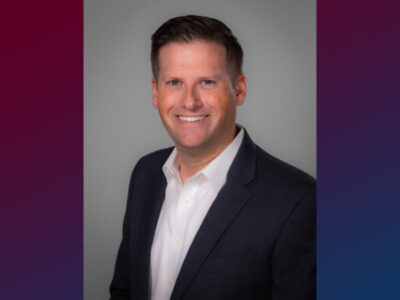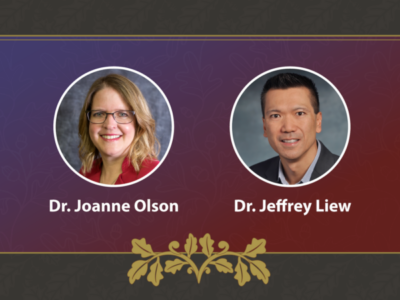Raising The Standard For STEM Educators
Twenty-six states, the National Science Teachers Association and the American Association for the Advancement of Science came together in April 2013 to develop the Next Generation Science Standards. These standards, while not adopted in all 50 states, are changing the way many approach K-12 science education.
Following their lead, the Department of Teaching, Learning and Culture and the College of Engineering are collaborating on a new degree program option to train a completely new generation of STEM teachers and leaders from Texas A&M.
Beginning in the fall of 2018, students enrolled in the multidisciplinary engineering technology program have the option to become a teacher certified in physical science, math and engineering for grades 8-12.
This opportunity was made easier under the direction of Dr. Michael de Miranda, head of the Department of Teaching, Learning and Culture, who has a own background in engineering education.
As the College of Engineering was working to build the multidisciplinary engineering technology program, Dr. de Miranda was looking for an engineering group to partner with to create his vision and meet the new standards.
“The [multidisciplinary engineering technology] program is a really broad degree,” explained Dr. Reza Langari, professor of mechanical engineering. “The 29 focus hours that cap the degree are open to molding into whatever form, within reason. That gave us the opportunity to open a dialogue with the College of Education and Human Development.”
However, the standards created a challenge for the existing teacher preparation program in the college.
Within the standards there are three distinct dimensions to learning science. Each dimension works with the others to help students build a cohesive understanding of science over time.
The first is core ideas, which consists of specific content and subject areas. The second is science and engineering practices. The third is cross-cutting concepts – key underlying ideas that are common to a number of topics.
A good STEM teacher is an expert in their subject matter content, a thinker and a problem solver. They are able to apply STEM concepts across disciplines. The problem is that many STEM concepts taught in teacher preparation programs do not reach across disciplines. This makes it difficult for pre-service teachers to make the connections.
“Engineering brings math and science closer to the lives of young people. We want them to see their world through the eyes of addressing significant problems and concerns like pollution, groundwater, how the oceans affect weather,” said Dr. de Miranda.
This new degree option allows math, science and engineering students to be together in upper level teacher preparation methods courses. They will have the opportunity to work together and co-plan STEM lessons and projects for the classroom.
“We don’t want to train people that are sort of half of this and half of that. They’ll be fully engineers and fully teachers,” explained Dr. Joe Morgan, program coordinator of engineering technology.
“We’re not going to water down your science, math or engineering. The difference is that you will be trained as a teacher to come together with other teachers so that students see how the STEM dots connect,” added Dr. de Miranda. “STEM learning in this new integrated model will break the mold of worksheets and cookbook experiments. It will get the kids to inquire, question, create, design, interact and bring their ideas to life.”
About the Writer
Ashley is the Media Relations Coordinator and responsible for news coverage in the Department of Teaching, Learning and Culture as well as the Department of Educational Psychology.
Articles by AshleyFor media inquiries, contact Ashley Green.


